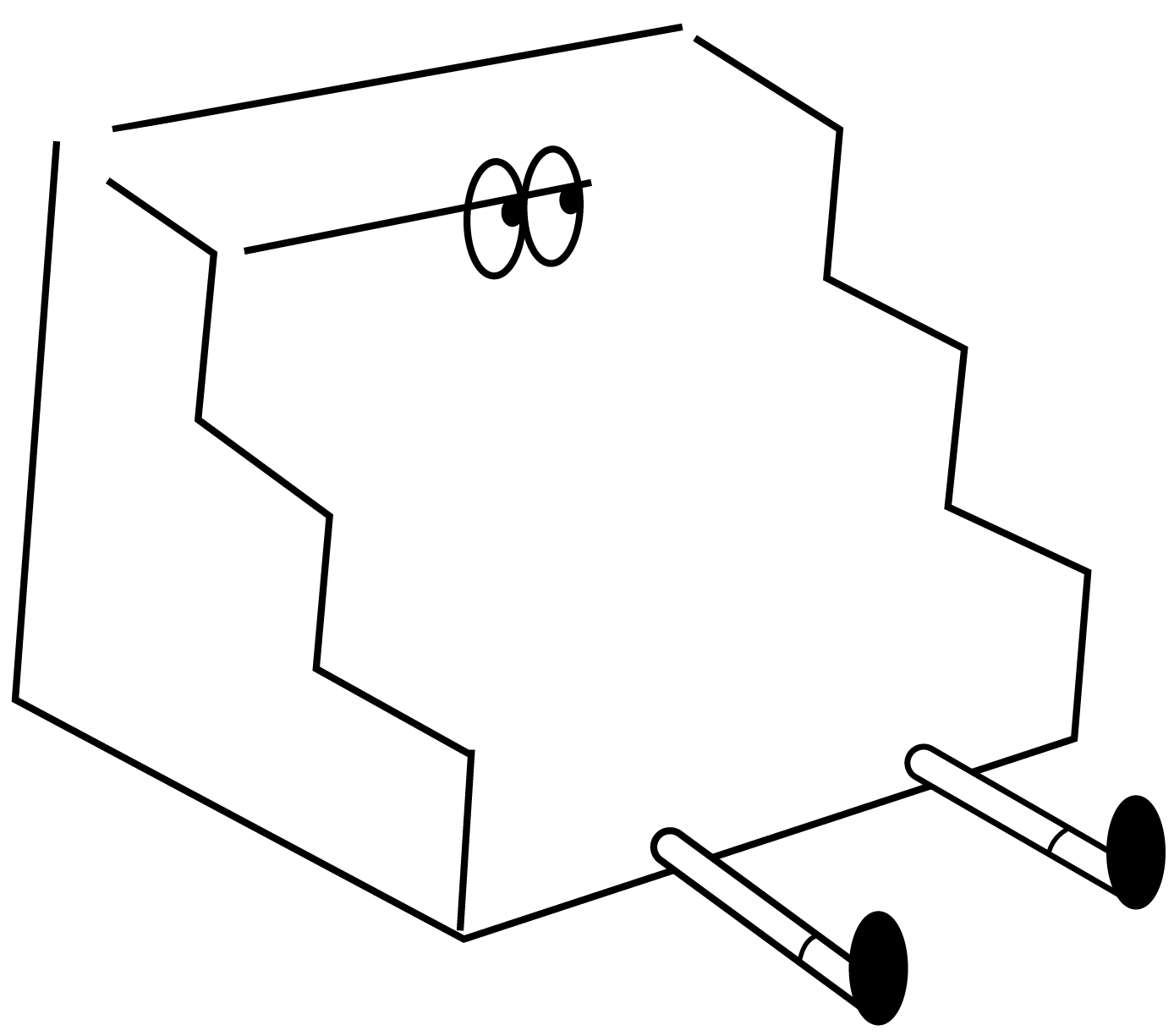










+ Co-produced with artist Chang Ken-Yao +
Inland Sea
Three pieces of wooden stand, iron filing cabinet, clay objects, and three sketches; three pieces of single-channel video
site-specific installation
2019
“There was a fish in the Northern ocean whose name is Kun." - “Zhuangzi
· Enjoyment in Untroubled Ease."
“Khun-sin” describes the bulging back of a whale. In addition to being
one of Taiwan's many ancient names, it also marks the parts of mainland island
in the lagoons. Looking along the coastline of the old Taijiang Inner Sea, they
seem like half of the whales sinking in the water.
Just half a year after Zit-Dim art space opened next to Yongfu
Elementary School, under the guidance of history buffs, I discovered that there
are parts of the Qing Dynasty relics hiding in the high-rise
alley behind the elementary campus. They are the two scenes of the
"Taiwan Eight Views” in the Qing Dynasty: “Watch the Sea at Chengtai” and “The
Crashing Tides of Feiting.” But after the actual visit, I only saw an
indistinguishable stone monument with a few bright red characters on it. Living in a city connected by tarred roads, it is hard to imagine seeing
the sea and hearing the tides here. I thought it was just a kind of poetic
metaphor, but after chatting with the neighbours, I’ve learnt that the Inner
Sea of the Taijiang's coastline was the now “Ximen Road” where
we pass by almost every day in the Qing Dynasty. Due to river
diversion and sedimentation, the geographical “Tainan”we know today was formed.
Back in 2004, a stranded sperm whale was found on the west coast in
Yunlin. Its huge body was then Hoisted into a truck and was about to be
transferred to Tainan. However, it exploded at the intersection of Ximen Road
and Xiaobei Road when on the way to Tainan. Several fixed-angle photos frame
the incident by images of different resolutions on the internet and
coincidentally covers the coastline we are looking for, inserting an
indigestible landmark.
In order to find the bone specimen of the sperm whale, we accidentally
stepped into the Taijiang Sperm Whale Museum, which was in a semi-abandoned
state in Si Cao. It was raining heavily that day. We brought the photographic
equipment to prepare for the negotiation, but I could not even find the ticket
booth. The entire Museum was out of power that day and full of moisture. The
glass boxes containing whale viscera and dolphins were already full of water
droplets on the surface. There then came an illusion, by seeing the pale-white
whale bones hanging in the air, we seemed like the creatures that are
inopportune and accidentally dived into the deep sea here.
Living in Taiwan where is surrounded by the ocean makes one have an
infinite illusion about the inland sea on the island. Taking land or mountains
as a frame, the inland sea is like a freshwater lake where rain gathers or a
sea view suite next to a highway, engaged and yet divergent at the
same time. The exhibition "Inner Sea" starts from the historical landmark
"The Crashing Tides of Feiting." However, the work itself does not
focus on a certain linear of the human geography of local changes. When the
land connected the island, and the Khun-sin submerged into the sea, what kind
of spiritual interpretation could we make of the disappeared inland sea?
Compared with the clarity of land, the sea seems to symbolise various
possibilities. These possibilities can be romantic, tolerant, aggressive, and
political. I tried to find out a new sightseeing path from the above seemingly
misplaced scenic spots, place names, and events.
︎
+ 與藝術家張根耀共同製作 +
